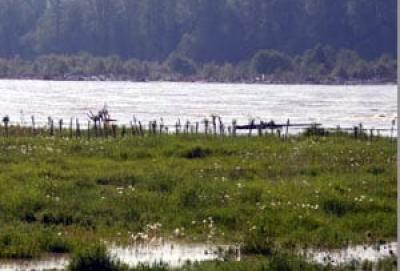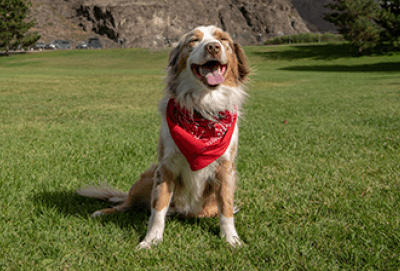Many wildfires in BC occur far from the City of Kamloops, but as we’ve learned in the summer of 2021, wildfires can threaten homes, businesses and infrastructure within city limits.
The wildland/urban interface is the geographical point where the diverse values of the wilderness and urban development meet. In the interface, structures and vegetation are close enough that a wildfire may spread to structures or a structural fire may ignite trees and vegetation.
Help keep your family safe by knowing what to do before, during, and after a wildfire.
- Develop your emergency plan, keep it up to date, and review it with members of your household
- Put together your grab-and-go bags
- Know the difference between an evacuation alert and order.
- Ensure your home insurance is up-to-date and includes adequate coverage for fire damage.
- Protect your property by completing a FireSmart Assessment.
If you see the fire, dial 911 and report it! (or call *5555 from a cell phone)
Do your best and report on:
- exact location and size (the size of a campfire, a car, a house, a football field, etc.)
- colour, density, and volume of smoke (white, gray, brown, black, etc.)
- wind speed and direction (which way the smoke blowing)
- type of vegetation and spacing (in trees, grass, etc.)
- terrain (steep, flat, etc.)
- valuables at risk (near homes, structures, etc.)
- access (near a main road or on a trail, street names, etc.)
- resources currently in use (someone already fighting the fire and with what)
To stay up to date on Open Fire prohibitions in the Kamloops Fire Centre visit BCWildFire.ca. or access the information through the BC Wildfire Service App where up to three photos can be submitted when you a report a wildfire. The official BC Wildfire Service mobile app is available for free download in the App Store and on Google Play.
Photos submitted through the app help operational staff determine:
- the fuel type
- terrain
- fire behaviour and intensity (by looking at the smoke colour, column size and wind direction)
- the current weather on site
- additional location information
Prevention and Mitigation
Nearly half of all wildfires in BC are caused by human carelessness. Whether or not you are in City limits, you can help prevent wildfires in our province by following a few simple rules:
- FireSmart your property.
- Check for bans and restrictions.
- Camp responsibly.
- Campfires can’t be larger than 0.5 m by 0.5 m.
- Keep a shovel and water nearby to extinguish your fire.
- Create a firebreak around your fire.
- Never leave a campfire unattended.
- Ensure your campfire is completely out and the ashes cool to touch before you leave the area.
Fire Danger Ratings
- Low: Fires may start easily and spread quickly but there will be minimal involvement of deeper fuel layers or larger fuels.
- Moderate: Forest fuels are drying and there is an increased risk of surface fires starting. Carry out any forest activities with caution.
- High: Forest fuels are very dry and the fire risk is serious. New fires may start easily, burn vigorously, and challenge fire suppression efforts. Extreme caution must be used in any forest activities. Open burning and industrial activities may be restricted.
- Extreme: Extremely dry forest fuels and the fire risk is very serious. New fires will start easily, spread rapidly, and challenge fire suppression efforts. General forest activities may be restricted, including open burning, industrial activities and campfires.






